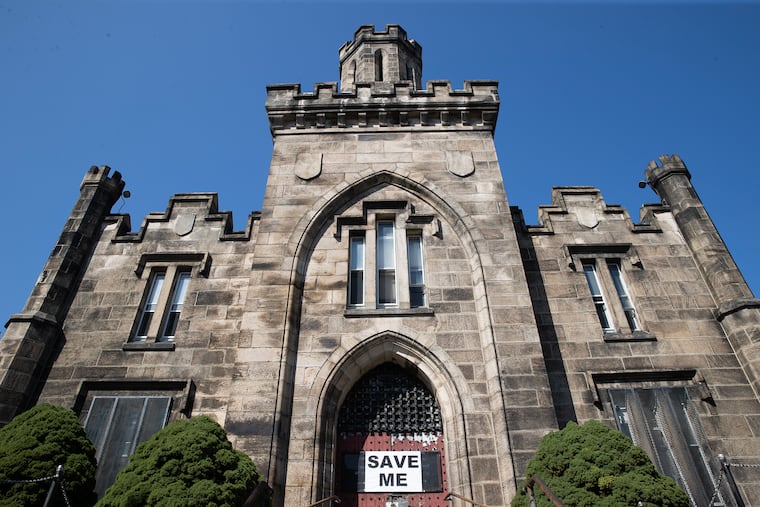Turn the Norristown prison into a museum of justice
Preservationists want to retain the building. Critics want to tear it down, saying that it symbolizes the racial inequities at the heart of American history. They’re both right.

Preservationists want to retain the building. Critics want to tear it down, saying that it symbolizes the racial inequities at the heart of American history. They’re both right.
